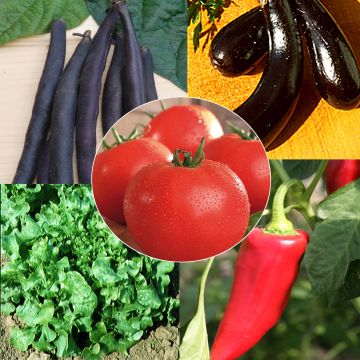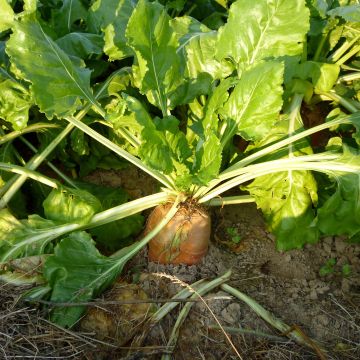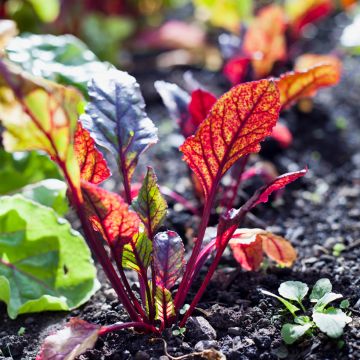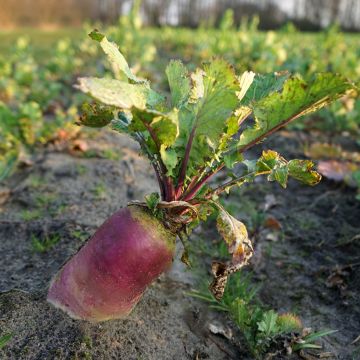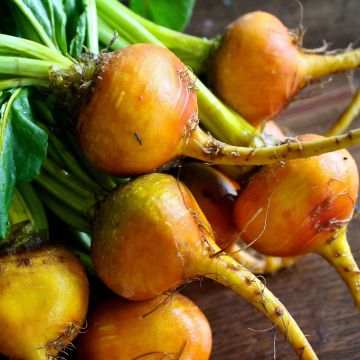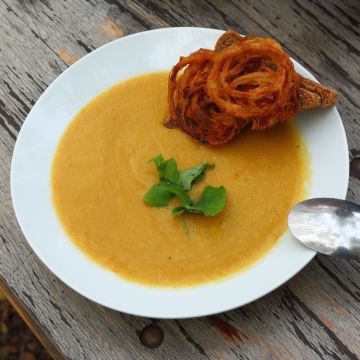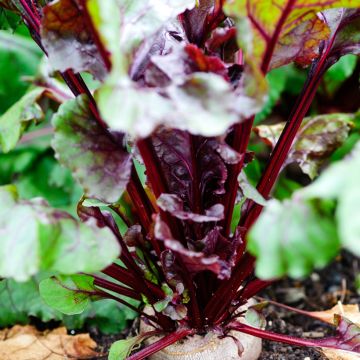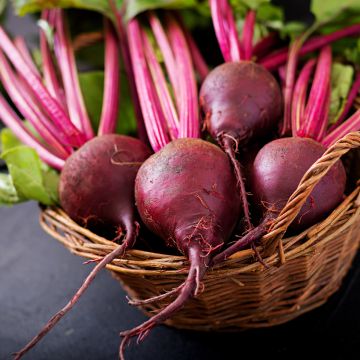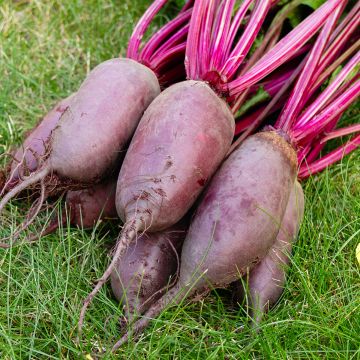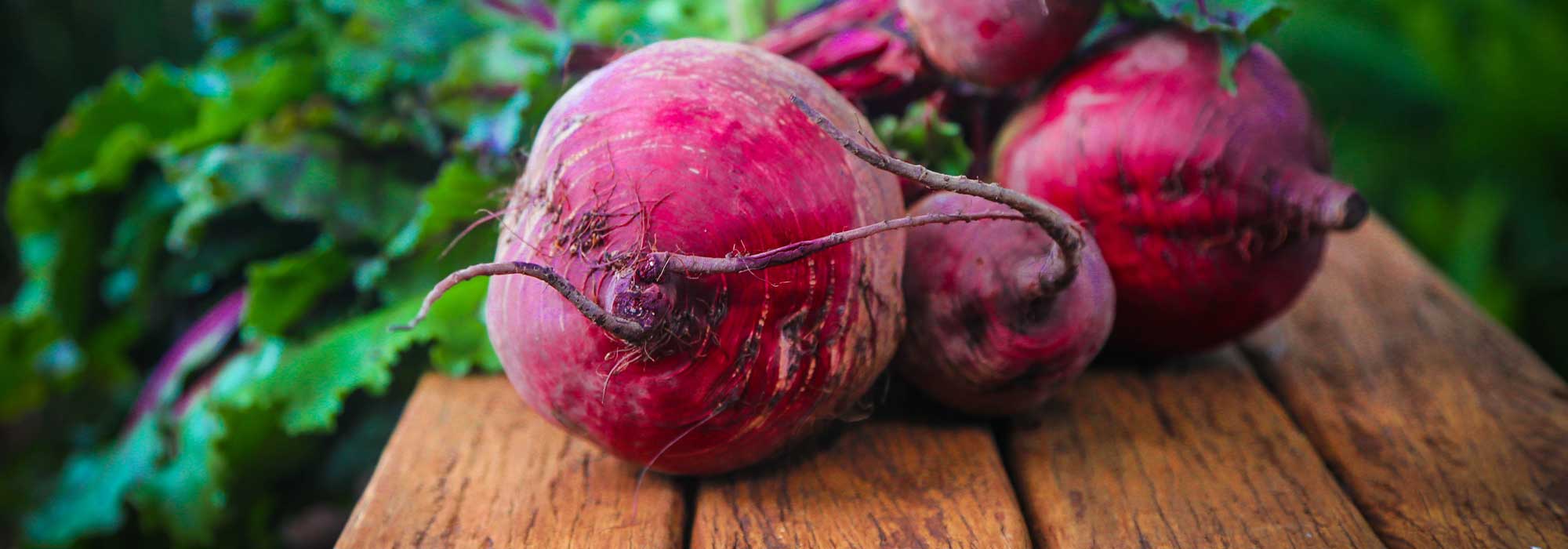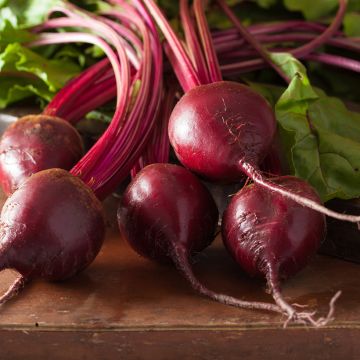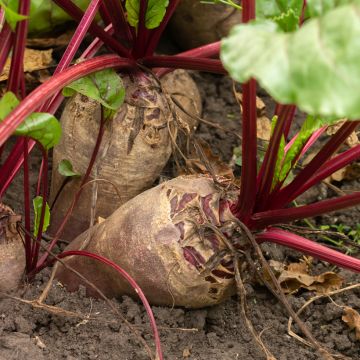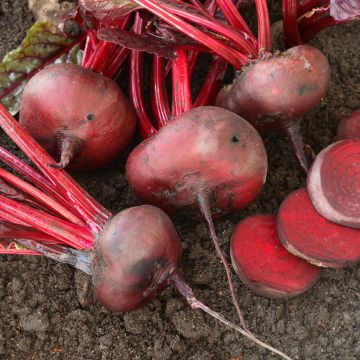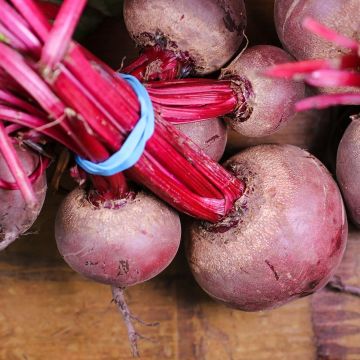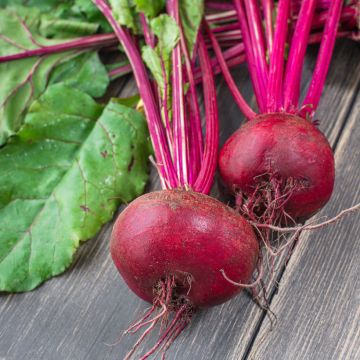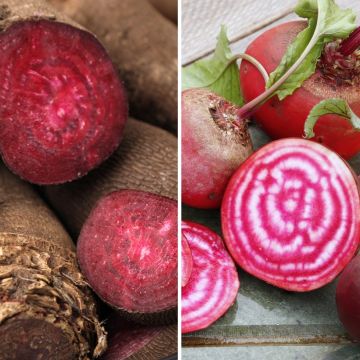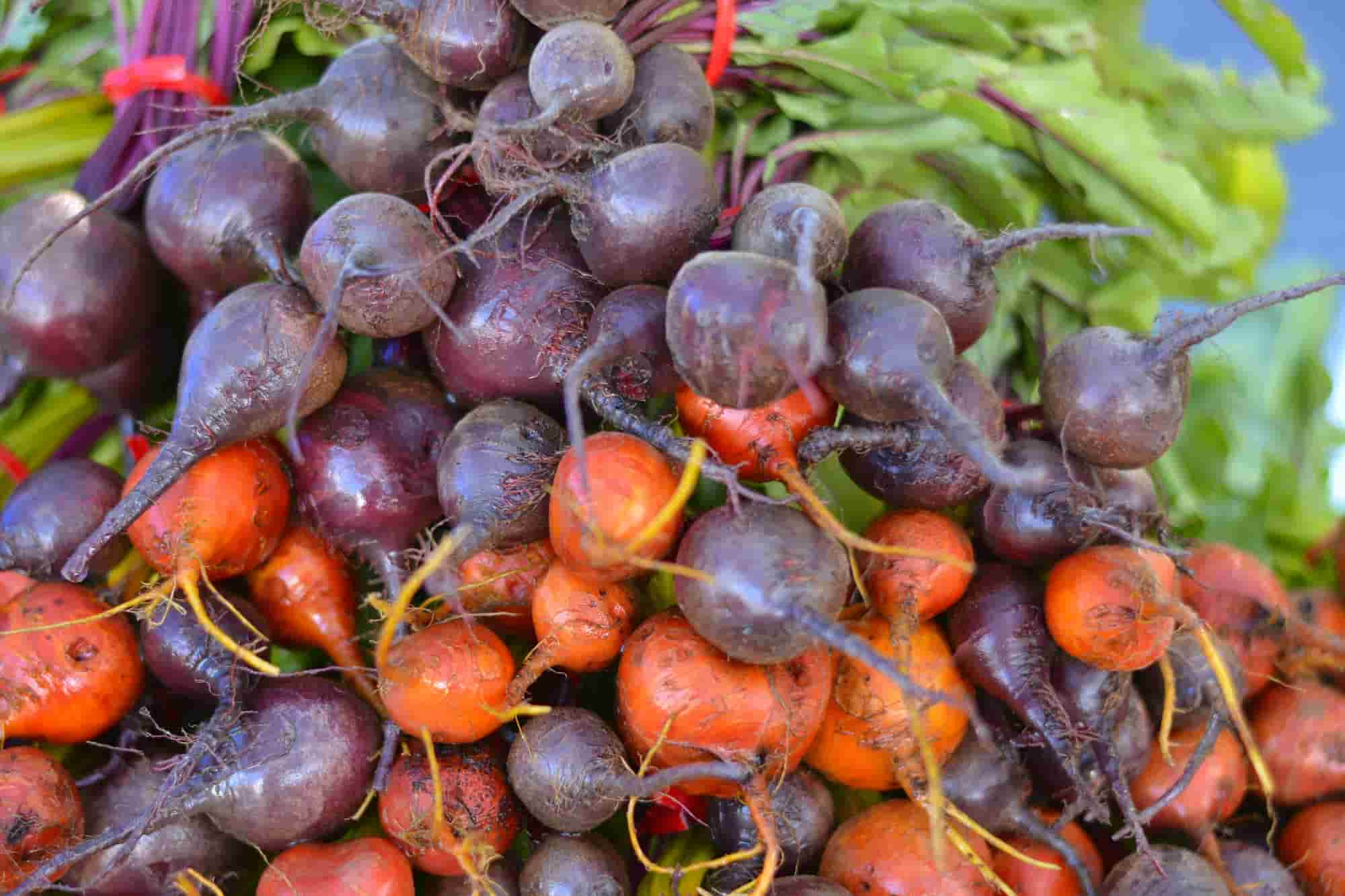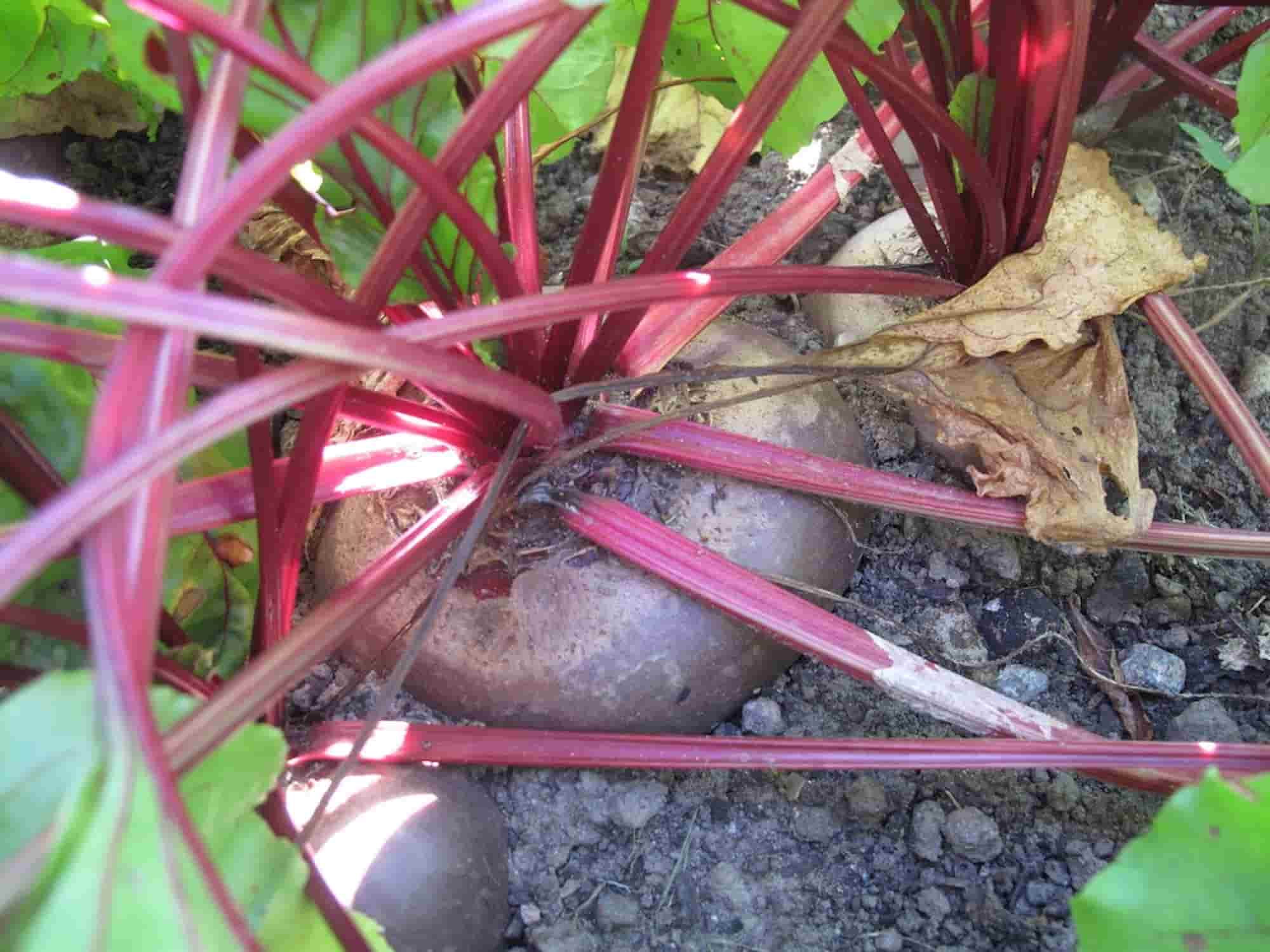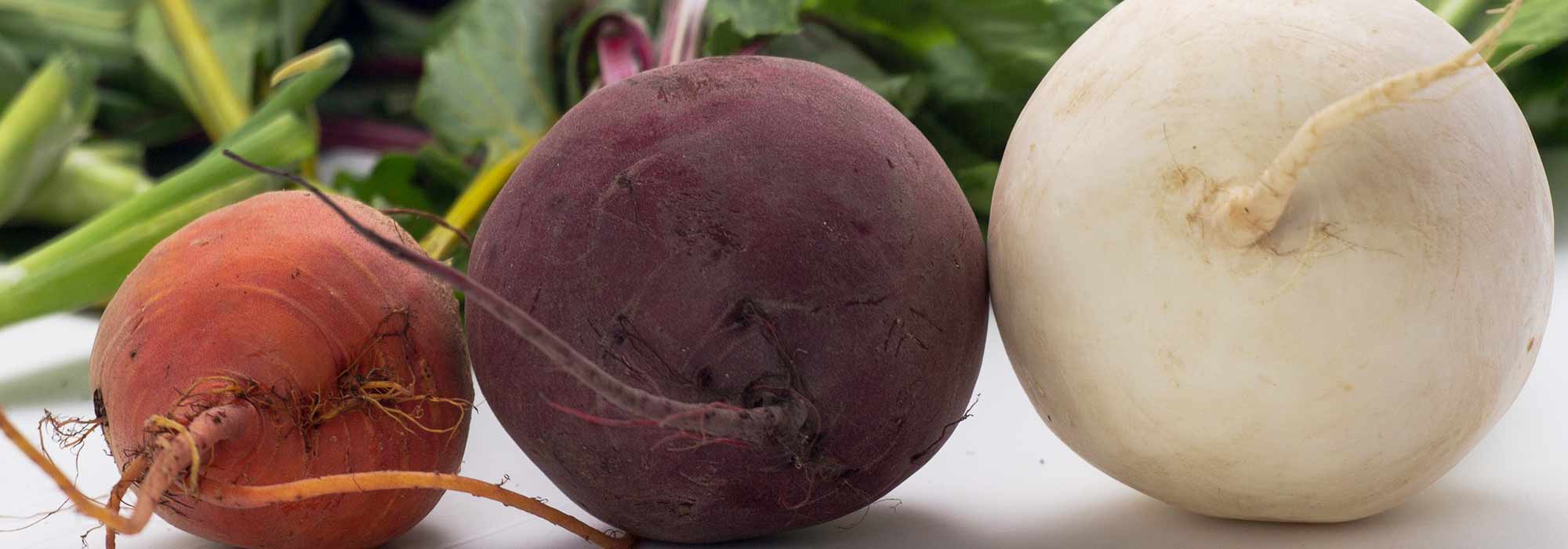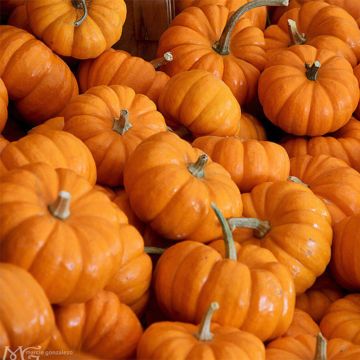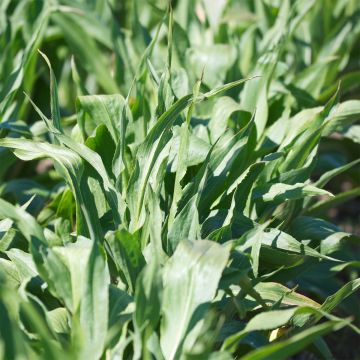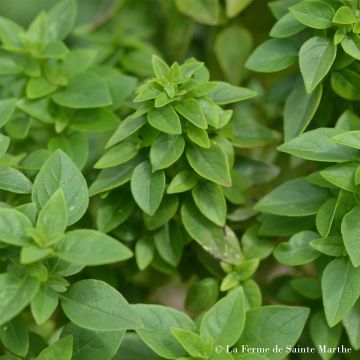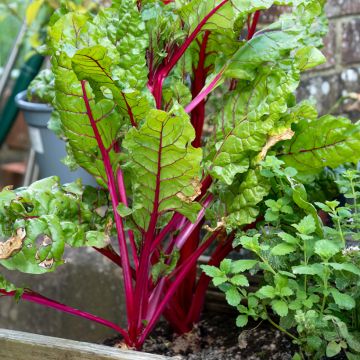

Organic Forono Beetroot - Beta vulgaris
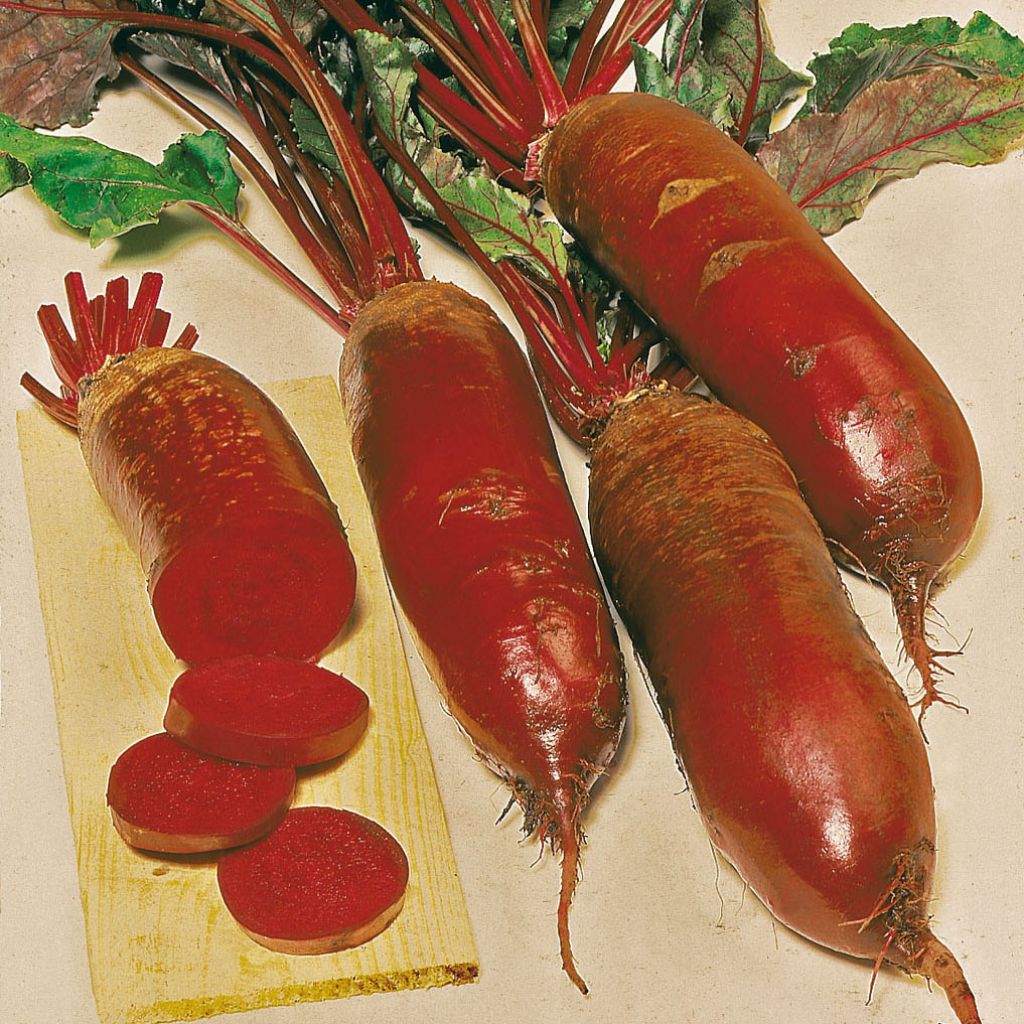

Organic Forono Beetroot - Beta vulgaris
Organic Forono Beetroot - Beta vulgaris
Beta vulgaris Forono
Beet, Beetroot
Not much success due to the weather.
Sophie POSTIC, 04/09/2016
Special offer!
Receive a €20 voucher for any order over €90 (excluding delivery costs, credit notes, and plastic-free options)!
1- Add your favorite plants to your cart.
2- Once you have reached €90, confirm your order (you can even choose the delivery date!).
3- As soon as your order is shipped, you will receive an email containing your voucher code, valid for 3 months (90 days).
Your voucher is unique and can only be used once, for any order with a minimum value of €20, excluding delivery costs.
Can be combined with other current offers, non-divisible and non-refundable.
Why not try an alternative variety in stock?
View all →This plant carries a 6 months recovery warranty
More information
We guarantee the quality of our plants for a full growing cycle, and will replace at our expense any plant that fails to recover under normal climatic and planting conditions.

Description
The 'Forono' Beetroot is a late and productive variety, with semi-external growth. Its root is long and cylindrical with a rounded end. Its skin is smooth. Its dark red flesh is very tasty. It is firm, which allows for obtaining regular slices. Sow from February to April in a warm place, then in open ground until May. Harvest from July to November.
Beetroots are biennial root vegetables. The first year is devoted to the accumulation of nutrients in the root. In the second year, the plant draws from this reserve to produce flowering and seed production. The edible root is harvested in the first year, but if you want it to go to seed, you must reserve some plants and wait until the following year. Sometimes called red carrot or red root, beetroot varieties differ in their colour: there are red, white, yellow, orange, or pink varieties, as well as their shapes, such as cylindrical, spherical, or oval, and their carbohydrate content.
They can be classified into three main categories:
- vegetable beetroots are usually planted in gardens,
- sugar beetroots are grown in open fields to extract sugar,
- and finally, fodder beetroots intended for livestock but also delicious in human diets.
Beetroot is not only a carbohydrate-rich food, but it is also known for its high content of vitamins and minerals, especially potassium.
Storage: once the beetroots are harvested, they should dry out entirely on the ground for a full day. To store them throughout the winter, keeping them in a cool and dark place such as a cellar or pantry is advisable. You can bury them under a layer of dry sand to optimise storage and preserve their taste qualities.
Gardening tip: beetroots should be planted in full sun and cool soil. To maintain these two conditions, consider mulching around the plants.
Organic or "AB" seeds come from plants grown organically (without the use of plant protection products). They undergo no post-harvest treatment. These seeds are suitable for organic market gardening.
Harvest
Plant habit
Foliage
Botanical data
Beta
vulgaris
Forono
Chenopodiaceae
Beet, Beetroot
Mediterranean
Biennial
Other Beetroot seeds
View all →Planting and care
For early cultivation: sow in trays from late February to April. The seeds are assembled in glomerules so that several plants will emerge. Transplanting is usually done when the first sowings occur in the ground, usually in April. When the seedlings reach 10 cm (4in) and have five leaves, they should be placed in the open ground, spaced 20 to 25 cm (8 to 10in) apart, selecting the most vigorous ones. This method allows for harvesting from May to July.
For seasonal cultivation: sow directly in the open ground from mid-April to July. Beets like cool and loose soil. Start by loosening the soil with a rake. Add some ash if necessary, as beets require a lot of potash. Then, add well-rotted manure or compost to the furrows. Once the seedlings reach 10 cm (4in) and have five leaves, thin them out, spacing them 20 to 25 cm (8 to 10in) apart. If you choose to have multiple rows of beets, space them 20 to 25 cm (8 to 10in) apart, selecting the most vigorous ones. Harvesting can be done from July to October.
Cultivation: water regularly during hot and dry weather to prevent the roots from lignifying. Beets do not pair well with leeks. However, they can be successfully planted with lettuce, onions, or radishes. Beets are hardy and very resistant to diseases.
Harvesting: in spring, when thinning out the plants, keep the young leaves to be consumed in mixed salads. Otherwise, with planting in April, you will get your first beets as early as July. Harvesting will continue until October for sowings in July.
Seedlings
Care
Intended location
Planting & care advice
-
, onOrder confirmed
Reply from on Promesse de fleurs
Similar products
Haven't found what you were looking for?
Hardiness is the lowest winter temperature a plant can endure without suffering serious damage or even dying. However, hardiness is affected by location (a sheltered area, such as a patio), protection (winter cover) and soil type (hardiness is improved by well-drained soil).

Photo Sharing Terms & Conditions
In order to encourage gardeners to interact and share their experiences, Promesse de fleurs offers various media enabling content to be uploaded onto its Site - in particular via the ‘Photo sharing’ module.
The User agrees to refrain from:
- Posting any content that is illegal, prejudicial, insulting, racist, inciteful to hatred, revisionist, contrary to public decency, that infringes on privacy or on the privacy rights of third parties, in particular the publicity rights of persons and goods, intellectual property rights, or the right to privacy.
- Submitting content on behalf of a third party;
- Impersonate the identity of a third party and/or publish any personal information about a third party;
In general, the User undertakes to refrain from any unethical behaviour.
All Content (in particular text, comments, files, images, photos, videos, creative works, etc.), which may be subject to property or intellectual property rights, image or other private rights, shall remain the property of the User, subject to the limited rights granted by the terms of the licence granted by Promesse de fleurs as stated below. Users are at liberty to publish or not to publish such Content on the Site, notably via the ‘Photo Sharing’ facility, and accept that this Content shall be made public and freely accessible, notably on the Internet.
Users further acknowledge, undertake to have ,and guarantee that they hold all necessary rights and permissions to publish such material on the Site, in particular with regard to the legislation in force pertaining to any privacy, property, intellectual property, image, or contractual rights, or rights of any other nature. By publishing such Content on the Site, Users acknowledge accepting full liability as publishers of the Content within the meaning of the law, and grant Promesse de fleurs, free of charge, an inclusive, worldwide licence for the said Content for the entire duration of its publication, including all reproduction, representation, up/downloading, displaying, performing, transmission, and storage rights.
Users also grant permission for their name to be linked to the Content and accept that this link may not always be made available.
By engaging in posting material, Users consent to their Content becoming automatically accessible on the Internet, in particular on other sites and/or blogs and/or web pages of the Promesse de fleurs site, including in particular social pages and the Promesse de fleurs catalogue.
Users may secure the removal of entrusted content free of charge by issuing a simple request via our contact form.
The flowering period indicated on our website applies to countries and regions located in USDA zone 8 (France, the United Kingdom, Ireland, the Netherlands, etc.)
It will vary according to where you live:
- In zones 9 to 10 (Italy, Spain, Greece, etc.), flowering will occur about 2 to 4 weeks earlier.
- In zones 6 to 7 (Germany, Poland, Slovenia, and lower mountainous regions), flowering will be delayed by 2 to 3 weeks.
- In zone 5 (Central Europe, Scandinavia), blooming will be delayed by 3 to 5 weeks.
In temperate climates, pruning of spring-flowering shrubs (forsythia, spireas, etc.) should be done just after flowering.
Pruning of summer-flowering shrubs (Indian Lilac, Perovskia, etc.) can be done in winter or spring.
In cold regions as well as with frost-sensitive plants, avoid pruning too early when severe frosts may still occur.
The planting period indicated on our website applies to countries and regions located in USDA zone 8 (France, United Kingdom, Ireland, Netherlands).
It will vary according to where you live:
- In Mediterranean zones (Marseille, Madrid, Milan, etc.), autumn and winter are the best planting periods.
- In continental zones (Strasbourg, Munich, Vienna, etc.), delay planting by 2 to 3 weeks in spring and bring it forward by 2 to 4 weeks in autumn.
- In mountainous regions (the Alps, Pyrenees, Carpathians, etc.), it is best to plant in late spring (May-June) or late summer (August-September).
The harvesting period indicated on our website applies to countries and regions in USDA zone 8 (France, England, Ireland, the Netherlands).
In colder areas (Scandinavia, Poland, Austria...) fruit and vegetable harvests are likely to be delayed by 3-4 weeks.
In warmer areas (Italy, Spain, Greece, etc.), harvesting will probably take place earlier, depending on weather conditions.
The sowing periods indicated on our website apply to countries and regions within USDA Zone 8 (France, UK, Ireland, Netherlands).
In colder areas (Scandinavia, Poland, Austria...), delay any outdoor sowing by 3-4 weeks, or sow under glass.
In warmer climes (Italy, Spain, Greece, etc.), bring outdoor sowing forward by a few weeks.































